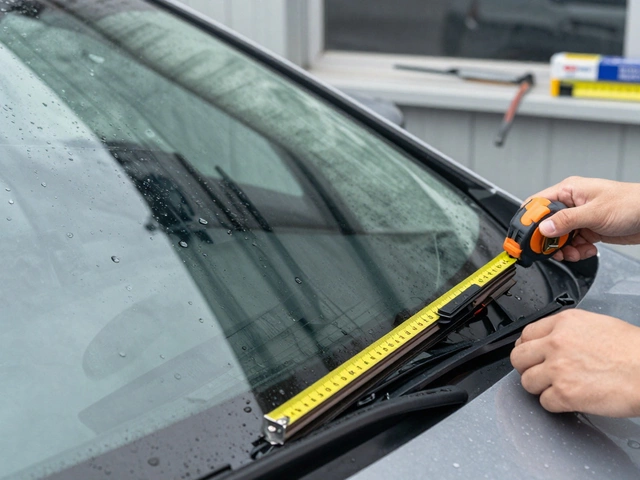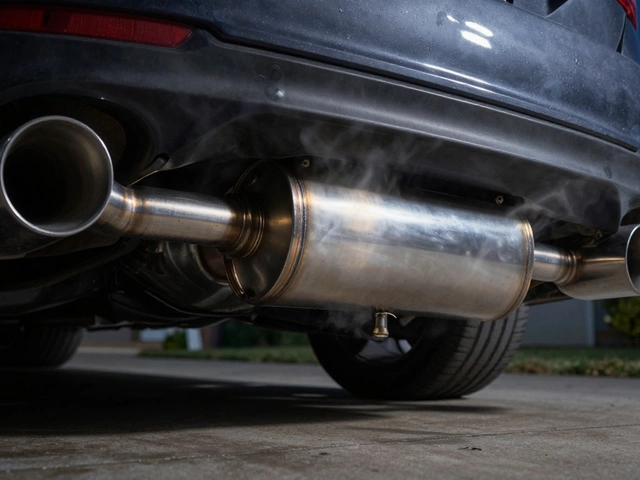Exhaust Tips: What They Do, How They Affect Sound, and What to Look For
When you see a car with a sleek, polished exhaust tip, the visible end piece of a car’s exhaust system that exits through the rear bumper. Also known as exhaust outlet, it’s often the first thing people notice—but most don’t realize it’s more than just a decorative touch. Exhaust tips are part of the larger exhaust system, the network of pipes and components that guide exhaust gases away from the engine and reduce noise. While the muffler and catalytic converter handle the heavy lifting of noise control and emissions, the tip shapes the final sound and style. A poorly matched tip won’t fix a dull exhaust note, but the right one can sharpen it, deepen it, or make it roar—without breaking the bank.
Many people think bigger tips mean louder sound, but that’s not always true. The exhaust pipe, the metal tubing that carries exhaust gases from the engine to the tailpipe diameter and internal design matter far more than the tip’s size. A 3-inch pipe with a 4-inch tip can sound quieter than a 2.5-inch pipe with a 3-inch tip, depending on the muffler and engine tuning. The tip’s material also plays a role: stainless steel lasts longer and resists rust, while chrome-plated tips look shiny but can peel or discolor over time. And don’t forget fitment—tips that don’t match your car’s original exit angle or diameter can cause backpressure, hurt performance, or even trigger a check engine light.
What you’re really chasing with exhaust tips is control. Control over how your car sounds. Control over how it looks. Control over whether it passes inspection or draws attention on a Sunday drive. If you’ve read posts about deep sounding exhaust or performance upgrades, you’ve probably noticed that tips are often the final step—not the starting point. A cat-back system or performance muffler changes the tone. The tip just shows it off. That’s why many shops, including ours in Stevenage, recommend fixing the core system first. Then, if you want to add a visual punch or fine-tune the note, that’s when you pick the right tip.
Some tips are straight-cut, others are angled, rolled, or double-walled. Some come with built-in heat shields. Others are just chrome sleeves you slide on. The key is matching it to your goals. Want a quiet, clean look for daily driving? Go for a simple, recessed tip. Want to turn heads at the traffic light? A large, polished dual-tip setup might be your pick. Just make sure it’s legal—some areas have noise limits, and overly loud exhausts can get you fined, even if the tip looks great.
Below, you’ll find real guides from drivers who’ve been there—how to pick the right tip for your car, what to avoid, how to spot fake upgrades, and how to pair tips with other exhaust mods without wasting money. Whether you’re just curious or planning your next upgrade, these posts give you the facts—not the fluff.





